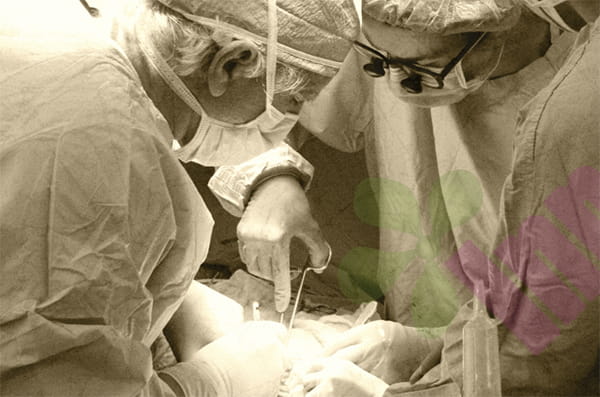Stage III and IV pressure injuries represent severe tissue damage requiring professional and systematic nursing intervention. In these two stages, the damage extends beyond the skin layer, reaching deep into the subcutaneous tissue and potentially even affecting muscles and bones.

How to distinguish between stage III and stage IV pressure injuries?
Stage III pressure injuries present as full-thickness skin defects with exposed subcutaneous adipose tissue, but bone, tendons, or muscles are not yet exposed. Sludge or eschar may be present in the wound, but this does not obscure the depth of the tissue damage. Undermining or sinus tracts are often present, i.e., cavities below the wound edges. Stage IV pressure injuries involve full-thickness tissue defects with direct exposure of bone, tendons, or muscles. Sludge or eschar is visible at the wound base, and undermining and sinus tracts are usually present. At this stage, the injury may extend to muscles and supporting structures such as fascia and joint capsules.
What are the key nursing care points for stage III pressure injuries?
Choose an appropriate debridement method based on the wound condition. Mechanical debridement uses sterile instruments to directly remove necrotic tissue. Autolytic debridement utilizes dressings to promote the breakdown of necrotic material by the body's own enzymes. Enzymatic debridement uses exogenous enzymes to accelerate the breakdown of necrotic tissue. Biological debridement selectively removes necrotic tissue using medical maggots. Infection control is crucial; regular wound secretion cultures are necessary. Use appropriate antibiotics based on drug sensitivity results, and administer systemic anti-infection treatment if necessary. Wound care requires the selection of suitable dressings; alginate dressings are suitable for wounds with significant exudate. Foam dressings provide good absorption and insulation. Hydrogels can promote autolytic debridement.
What are the key points for nursing care of stage IV pressure injuries?
Surgical treatment may be necessary, involving debridement to remove all necrotic tissue. Flap transplantation repairs tissue defects and restores blood supply. Negative pressure wound therapy is an effective adjunct, promoting granulation tissue growth. Infection control is crucial and may require intravenous antibiotics. Regular imaging studies assess bone condition and rule out osteomyelitis.
How to choose the right wound dressing?
Dressings should be selected based on the characteristics of the wound. For example, alginate or fiber dressings are suitable for wounds with heavy exudation. Foam dressings can be used for wounds with moderate exudation. Hydrocolloid dressings are used for wounds with small amounts of exudation. Dressing strips are needed to prevent dead space formation when undermining or sinus tracts are present. Silver-containing dressings should be considered for infected wounds. Dry eschars need to be softened with hydrogel. The frequency of dressing changes depends on the amount of exudate, usually once or more per day.
How to implement stress reduction measures?
Use a professional pressure-relieving mattress, such as an alternating pressure air mattress. Establish a strict turning schedule, changing position at least every two hours. Adopt a 30-degree side-lying position to avoid direct pressure on the injured area. When sitting, use a pressure-relieving cushion, lifting the hips every 15 minutes to relieve pressure. Avoid using a circular cushion, as it may affect peripheral blood circulation. Keep the sheets smooth and dry, avoiding wrinkles that can cause friction. Use a transfer board when moving the patient to reduce shear force on the skin.
In what situations is surgery necessary?
Wounds that have not responded to conservative treatment for 4-6 weeks, exhibit large areas of tissue loss, exposed bone or joints, deep sinus tracts or burrowing, and complications such as osteomyelitis, severely impacting the patient's quality of life. Surgical procedures include debridement and flap transplantation.
The nursing care of stage III and IV pressure injuries requires close monitoring of changes in the patient's condition and timely adjustments to the treatment plan. For more information on Innomed® Silicone Contact Layer, please refer to the Previous Articles. If you have customized needs, you are welcome to contact us wholeheartedly. At long-term medical, we transform this data by innovating and developing products that make life easier for those who need loving care.
Editor: kiki Jia

 English
English عربى
عربى Español
Español русский
русский 中文简体
中文简体








